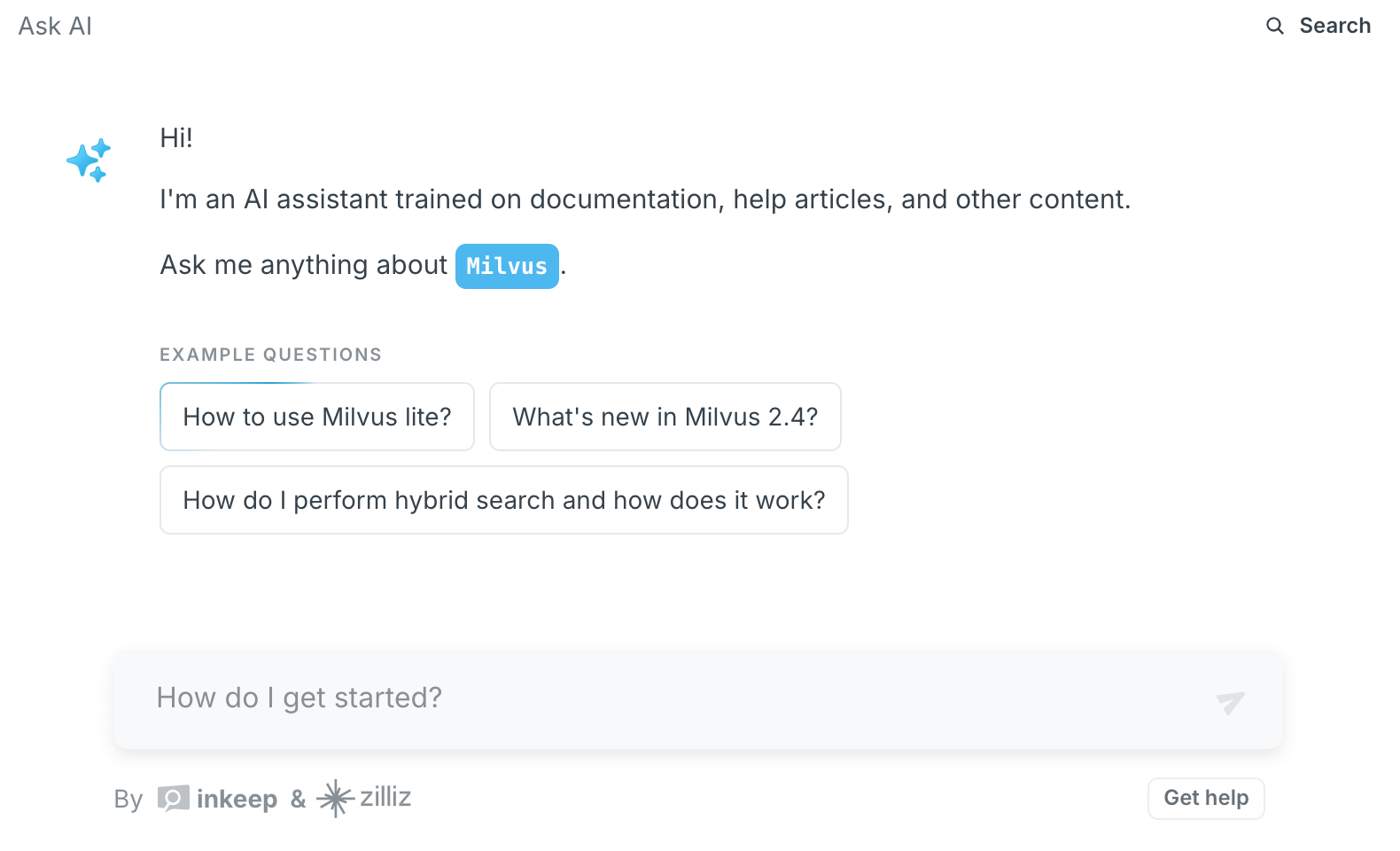To simulate realistic RAG (Retrieval-Augmented Generation) latency, you must account for all components in the pipeline, not just the model’s generation time. This includes document retrieval, model loading, preprocessing, and post-processing. For example, when a user submits a query, the system first retrieves relevant documents from a database or external API. This step’s latency depends on network speed, database query complexity, and the size of retrieved data. If the documents are stored in a remote vector database like Pinecone, the time to convert the query into an embedding and search the index adds measurable overhead. Simulate this by integrating actual API calls or database queries in your tests rather than mocking the retrieval step.
Next, model loading and initialization contribute to latency, especially in environments where models aren’t preloaded. For instance, if your RAG system uses a large language model (LLM) like Llama 2 or GPT-4, loading the model into memory or GPU VRAM can take seconds to minutes. Even if the model is preloaded, cold-start inference (the first request after boot) often has higher latency due to runtime optimizations. To measure this, include a “warm-up” phase in your tests to compare initial and subsequent request times. Additionally, tokenization of input text and formatting retrieved documents for the LLM’s context window add processing time. For example, chunking a 10-page PDF into sections usable by the model requires nontrivial computation.
Finally, test under realistic load and infrastructure conditions. Use tools like Locust or k6 to simulate concurrent users, which can expose bottlenecks like database connection limits or GPU memory contention. For example, if 100 users query the system simultaneously, retrieval latency might spike due to database throttling, and model inference may slow as the GPU handles multiple batches. Also, replicate your production environment’s hardware (e.g., CPU/GPU specs, network latency between services) to avoid skewed results. If your retrieval service runs in a different region than the LLM, include cross-region API call delays. Logging each step’s duration with tools like Prometheus or OpenTelemetry helps identify optimization targets, such as caching frequent queries or preloading common document sets.
